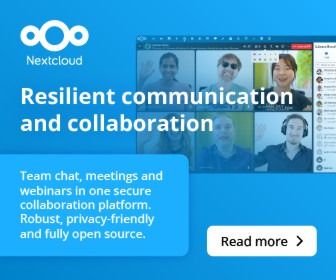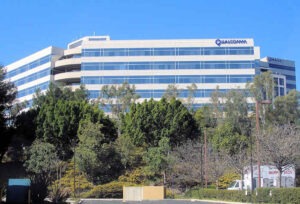The Yocto Project, RISC-V and the Rise Project working together in tandem can’t be anything but good for the macrocosmic open source universe.

This may not seem like much, but it’s big deal for open source.
Gone are the days when open source was just about Linux and software applications. That’s still a main focus, but frequently open source — for many of the same reasons and with many of the same rules — can encompass hardware, data center design, standards, and much more, all under the banner of “open.”
Take RISC-V for example, the open source instruction set architecture that’s increasingly used as CPUs, GPUs, accelerators, and practically everything else silicon. If you’re thinking that maybe RISC-V isn’t real open source, because it isn’t software, you need to look at today’s news, where it’s intricately tied to the Yocto Project which is a project of the Linux Foundation, which means it’s about as open source as it gets.
The news is that RISC-V International — the organization charged with defining, maintaining, and promoting RISC-V — has teamed up with the RISC-V-focused RISE Project to participate together in the Yocto Project. This will result in RISC-V International taking a greater role within Yocto, and upgrading its membership there from Silver to Platinum and becoming actively involved with Yocto’s board of directors, while the RISE Project will be contributing engineering support.
This isn’t the first time that RISC-V and Rise have worked together, but as RISC-V International pointed out in today’s press announcement, this is a notable undertaking for these two RISC-V-focused organizations. Rise, which is a Linux Foundation Europe project, is a collaborative effort involving more than 20 companies, and is purposed with accelerating the development of open source software designed to run on RISC-V silicon.
As for Yocto, it started life about 15 years ago as an enterprise-quality build system for customized Linux distributions. Since then it’s morphed into being the standard for building Linux-based embedded systems, and is an integral part of other important LF projects such as Automotive Grade Linux. In this new partnership, it’s the go-between connecting Yocto and the RISC-V developer communities.
The role Yocto plays in this three-way relationship should not be underated. The organization maintains a large build and test matrix that covers a great many individual platforms – which is uber important given the nature of embedded systems and their deployments. This allows for testing a great variety of systems that could easily be missed by platform-specific tests alone.
Given the importance of embedded in today’s compute environment, and the fact that Linux practically rules embedded space — as it has for a while now with practically anything enterprise connected that needs an operating system — Yocto is of prime importance to the entire Linux ecosystem.
Yocto has also played a beneficial role with RISC-V and has supported the open source ISA’s platforms unofficially for several years, although until now it has not formally supported the open standard instruction set architecture.
With this new arrangement, formal support has arrived, which will be good for Linux, good for embedded systems, and good for RISC-V.
“Yocto Project support means that RISC-V members who develop and market embedded platforms will now have fully verified support for tools to build Linux on those platforms, giving them the opportunity to engage with upstream projects directly and to be on a level playing field with other hardware architectures,” is how RISC-V International put it in a statement.
This will bring a newfound level of support to all RISC-V profiles, and will bring the Yocto Project’s four-year Long Term Support into play to enable device manufacturers a platform to build upon and leverage to provide crucial features such as Software Bill of Material generation and state of the art build reproducibility.
Christine Hall has been a journalist since 1971. In 2001, she began writing a weekly consumer computer column and started covering Linux and FOSS in 2002 after making the switch to GNU/Linux. Follow her on Twitter: @BrideOfLinux





